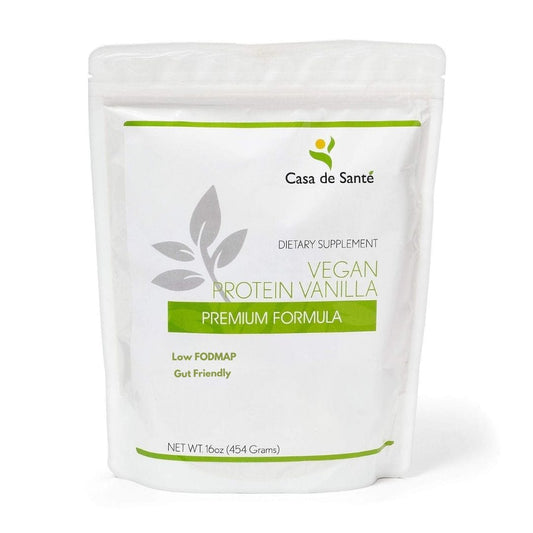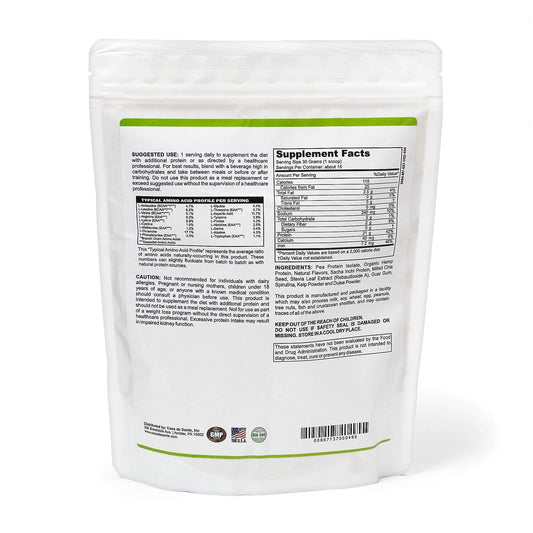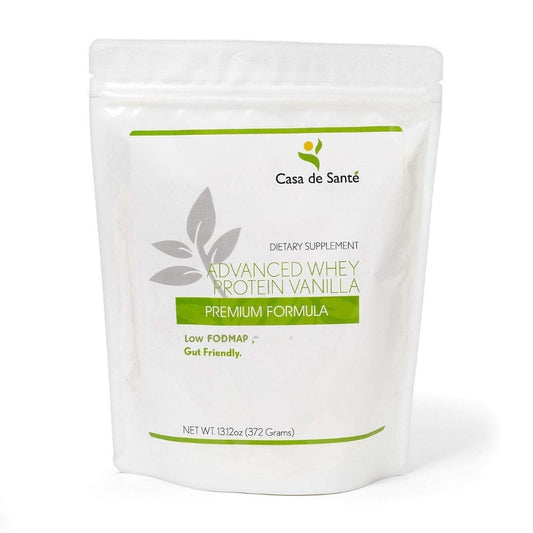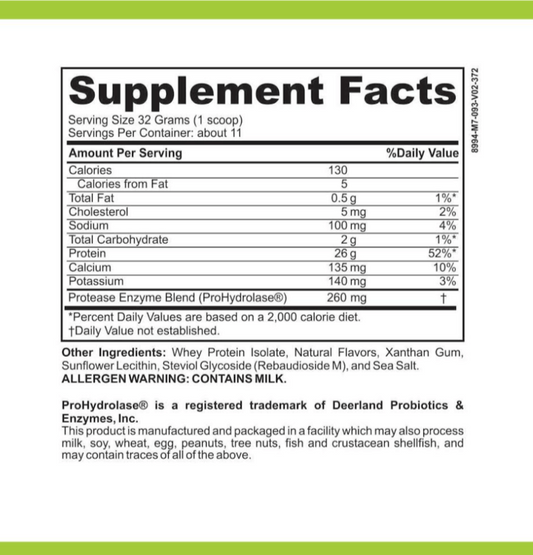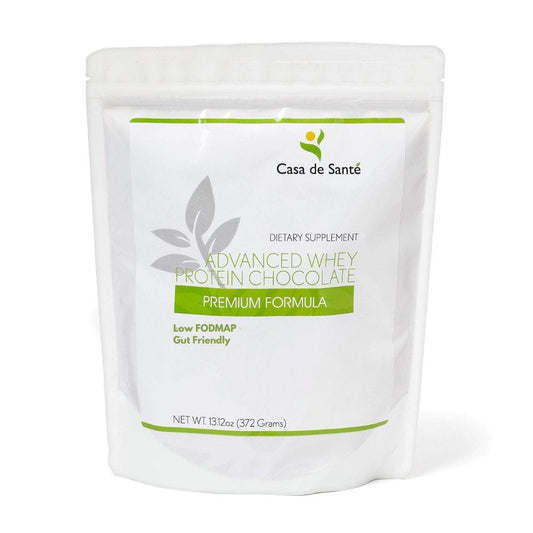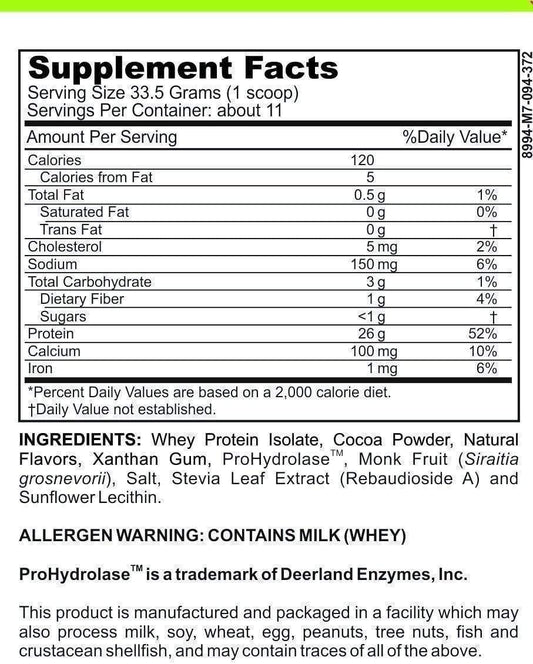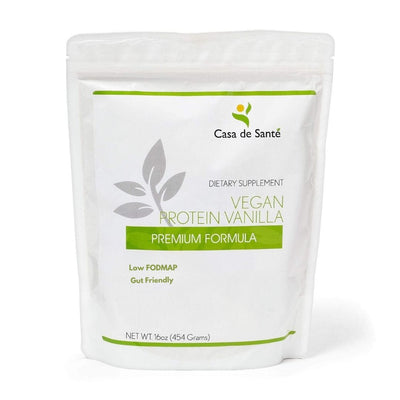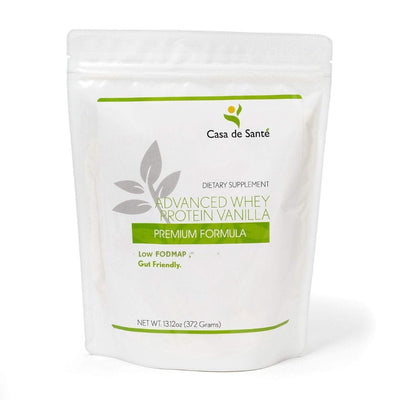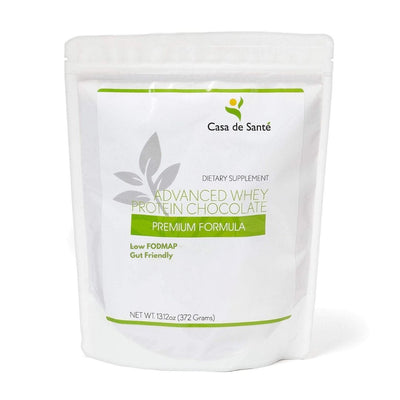Difference Between Dark Circles vs Eye Bags: Causes, Symptoms, and How to Treat Each Effectively
I’ve often noticed people use “dark circles” and “eye bags” like they’re the same thing. But if you’ve ever woken up to tired eyes, you know there’s a real difference. Understanding what sets these two apart can help you choose the right routine and ingredients for brighter, refreshed skin.
While both can make me look more tired than I feel, each has its own causes and solutions. I’ve learned that knowing the difference isn’t just about appearances—it’s about finding what actually works for my skin. Let’s break down what makes dark circles and eye bags unique, so you can tackle them with confidence.
Understanding Dark Circles
Dark circles develop from pigment accumulation or shadowing beneath the eyes. I analyze both visible and underlying causes to clarify how these marks form.
Causes of Dark Circles
Genetic factors drive most dark circles, appearing more in certain skin types and family histories. Natural skin thinning with age exposes blood vessels, giving a bluish or purple tint. Allergies increase rubbing and histamine release, which worsens pigmentation and swelling. Sleep deprivation reduces blood flow, making vessels more visible. Sun exposure triggers extra melanin production, which deepens discoloration. Some medications or medical conditions like anemia contribute by affecting blood flow or pigment metabolism.
Common Symptoms and Appearance
Dark circles present as brown, purple, or blue discoloration under both eyes. I see symmetrical marks that often follow the orbital rim. Texture usually stays smooth, without swelling or bulging. Severity varies, but shadowing appears more pronounced in hollow areas beneath thin skin. Some people notice worsening after late nights, seasonal allergies, or sun exposure. Discoloration stays visible with gentle pressure, excluding temporary redness from rubbing.
Understanding Eye Bags
Eye bags appear as visible swelling or puffiness beneath the eyes, often giving a tired look. I distinguish them from dark circles by their shape, texture, and underlying causes.
Causes of Eye Bags
Fluid retention under the eyes leads to mild swelling, especially after waking up or eating salty foods. Age reduces skin elasticity, causing fat to shift and collect below the eyes. Genetics play a role, with some people inheriting a tendency toward puffiness. Allergies trigger under-eye inflammation, increasing puffiness in response to histamine release. Sleep deprivation raises cortisol levels, which may worsen swelling by altering fluid balance. Smoking and excess sun exposure contribute to collagen loss, further weakening under-eye tissue structure.
Common Symptoms and Appearance
Eye bags typically show as soft, swollen, or bulging areas under the eye. I notice both asymmetrical and symmetrical eye bags, but puffiness rarely comes with skin discoloration like dark circles. Skin in these areas often feels loose or saggy rather than smooth. The swelling is often most prominent in the morning, improving as the day continues, or after lifestyle changes that reduce fluid retention.
Key Differences Between Dark Circles and Eye Bags
Dark circles and eye bags appear under the eyes but show clear differences in how they look and form. I focus on these differences using appearance, causes, and relevant lifestyle factors.
Visual Differences
Dark circles present as pigment or shadow discoloration in brown, purple, or blue hues, often smooth and symmetric under both eyes. Eye bags appear as visible swelling or puffiness under the lower eyelids, usually soft and sometimes asymmetric, without marked discoloration. Swelling from eye bags can change through the day, while dark circle color remains stable.
Underlying Causes
Dark circles develop from melanin overproduction, thin skin revealing blood vessels, or shadow effects, as documented in dermatology studies. Primary contributors include genetics, aging, allergies, sleep loss, sun damage, and certain medical disorders. Eye bags arise from fluid accumulation, weakened under-eye muscles, slipping orbital fat pads, and genetics. Evidence points to poor sleep, high sodium intake, and facial allergies as triggers for puffiness, not significant pigmentation.
Age and Lifestyle Factors
Dark circles become prominent with skin thinning due to age, stress, or UV exposure, resulting in visible blood vessels. Poor sleep or chronic rubbing worsens this effect. Eye bags increase in prevalence with advancing age, as decreased skin elasticity and shifting fatty tissue cause sagging. Fluid retention from salty foods, hormonal changes, and limited sleep temporarily worsen puffiness, a pattern absent in chronic dark circles.
Treatment and Prevention Options
Targeted strategies for dark circles and eye bags differ since each condition has unique causes. I rely on distinct approaches for each issue and use evidence-based steps to improve results.
Remedies for Dark Circles
I address dark circles by targeting pigment, supporting skin structure, and minimizing contributing factors.
- Topical ingredients: I use a 15% vitamin C serum to lighten hyperpigmentation, 2% hydroquinone to inhibit melanin, and 0.3% retinol to boost collagen. Studies show topical caffeine, niacinamide, and arbutin also improve discoloration (Dermatol Surg, 2016).
- Lifestyle adjustments: I prioritize 7–8 hours of sleep nightly and limit sun exposure with daily SPF 40 mineral sunscreen. I reduce exposure to allergens, since allergies worsen periorbital discoloration.
- Allergy management: I treat nasal allergies with antihistamines and sinus rinses to reduce vascular congestion under the eyes.
- Skin hydration: I use fragrance-free hyaluronic acid serums to improve under-eye skin texture and reinforce the barrier.
Solutions for Eye Bags
Tackling eye bags involves reducing swelling, improving skin firmness, and minimizing fluid accumulation.
- Cold compresses: I apply them for 5–10 minutes to temporarily constrict vessels and lessen puffiness.
- Lifestyle modifications: I cut back on salt to limit fluid retention and prop up my head while sleeping to prevent overnight swelling.
- Moisturizers and peptides: I apply creams containing peptides and caffeine, both of which strengthen under-eye skin and reduce swelling according to randomized studies (J Drugs Dermatol, 2021).
- Facial massage: I use gentle upward strokes and under-eye rollers to encourage lymphatic drainage.
- Consistent sleep schedule: I maintain regular wake/sleep times to stabilize under-eye fluid balance and tissue health.
When to Seek Professional Help
I recognize persistent dark circles or eye bags might signal more than cosmetic concerns. If I notice under-eye discoloration or swelling persisting despite lifestyle improvements, such as sleep, hydration, or the use of proven topical ingredients—like vitamin C or retinol—then it's time to consult a board-certified dermatologist or physician. Chronic changes that appear suddenly, rapidly intensify, or affect only one eye may suggest underlying health conditions including allergies, thyroid dysfunction, or systemic disease. If I experience additional symptoms such as pain, itching, vision changes, or severe redness alongside dark circles or puffy eyes, I prioritize immediate medical evaluation. Medical experts may recommend targeted treatments after identifying the root cause, which could include prescription topical agents, allergy management, or advanced procedures like laser therapy or injectables when over-the-counter options fail to provide results.
Key Takeaways
- Dark circles and eye bags are distinct conditions: dark circles are primarily discoloration due to pigmentation or visible blood vessels, while eye bags involve swelling or puffiness under the eyes.
- Dark circles are often caused by genetics, thin skin, aging, allergies, sleep deprivation, and sun exposure, whereas eye bags are mainly linked to fluid retention, weakened muscles, fat displacement, genetics, and lifestyle factors like excessive salt intake.
- The appearance of dark circles is usually smooth, symmetrical discoloration, while eye bags present as bulging or sagging under-eye skin, often without significant color change.
- Treatment for dark circles focuses on brightening ingredients (such as vitamin C, retinol, and SPF), allergy management, and adequate sleep, whereas eye bag solutions involve reducing puffiness through cold compresses, less salt, proper sleep, and skin-firming products.
- Persistent or sudden under-eye changes may indicate underlying health issues; consult a dermatologist if symptoms do not improve with lifestyle and topical interventions.
Conclusion
Understanding the difference between dark circles and eye bags has transformed the way I care for my under-eye area. With the right knowledge, I can choose products and routines that actually target my specific concerns rather than relying on one-size-fits-all solutions.
By paying attention to my skin’s unique needs, I’ve seen real improvements in how bright and refreshed my eyes look. If you’re struggling with either issue, taking a personalized approach makes all the difference.

